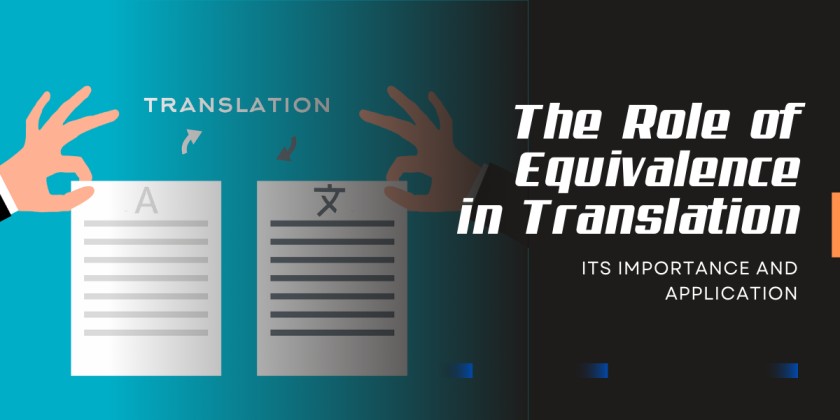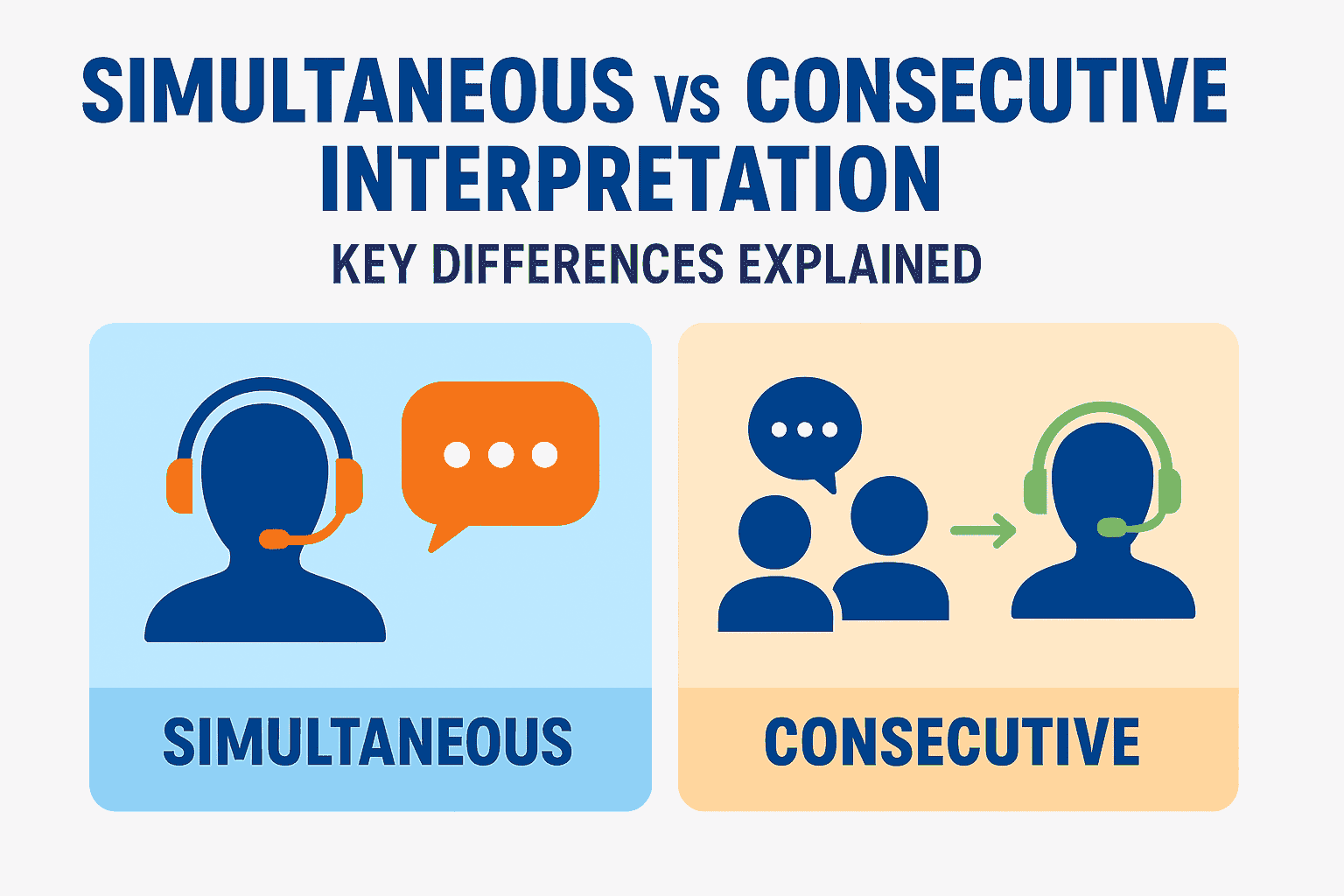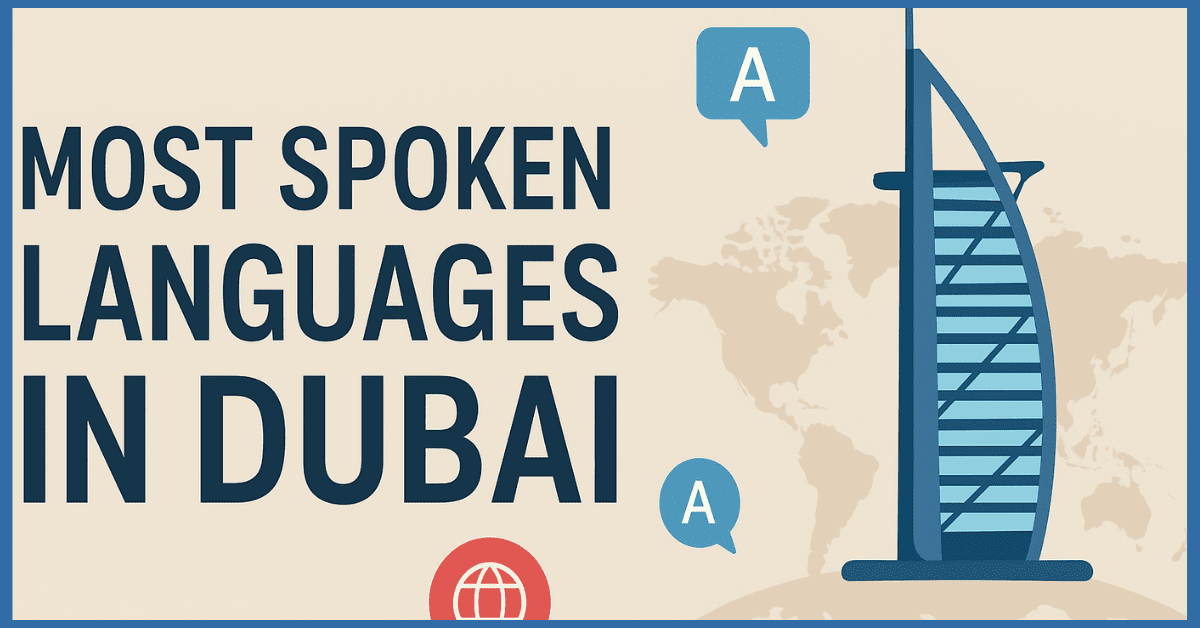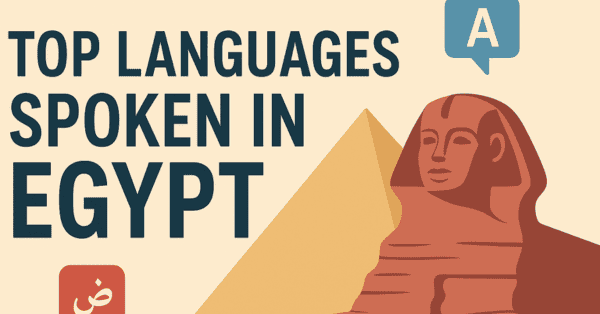
The Role of Equivalence in Translation: Its Importance and Application
Most individuals confuse translation with
simple word replacement between languages. People do not understand the role of
equivalence in translation. Language complexity remains out of view when
adopting this translation process. The growth of languages depends
substantially on history alongside culture together with customs and thinking
patterns.
Changing words from one language to another
is only part of translation. It's a difficult process that needs a deep
understanding of both languages and the cultures that surround them. The idea
of equivalence is at the heart of good translation. It helps translators get
not only the words but also the real sense of the text they are working with.
Word-for-word translation can break down
the flow of language. This is because language differences can prevent the
delivery of original meanings. Each language serves as a unique map that
depicts identical locations through distinct methods.
The Core Concept of Equivalence
Equivalence describes the process of
searching for equivalent words and phrases along with expressions in the target
language. This maintains the original meanings and impact from the source
language. The matches extend past dictionary translations. It entails finding
ways to explain concepts that will provide translation readers the same
understanding and emotional response as the original text.
Translation professionals need to know a
lot about both cultures to find real equivalence. Culture runs through language.
Cultural understanding is necessary for understanding jokes and references in
addition to simple descriptions as well as conventional sayings.
The translator must understand the cultural
background to interpret all the underlying meanings otherwise the translation
loses its original authenticity.
Types of Equivalence in Translation
Translation work has several kinds of
equivalency:
Formal Equivalence
This is about making sure that the
message's form and content fit. It works great for technical papers where it's
important that the terms match exactly. But it might miss the subtleties of
meaning in creative or culture texts.
Dynamic Equivalence
The goal of this method is to have the same
effect on new readers as the original did on its audience. It frequently
involves adapting examples and references to the target culture while upholding
the central idea.
Semantic Equivalence
It's about what words and sentences mean on
their own. Even if the words aren't exact translations, translators have to
find words that have the same meaning and weight in the target tongue.
The Challenge of Finding Equivalence
Finding equivalency is difficult. The
vocabulary and terminology used by various languages varies when explaining
similar concepts. A word in one language typically demands a complete
expression when translated into another language.
Nevertheless, there exists a potential that
certain ideas might not exist within the target society. Professional translators
need to generate original solutions to replace missing information without
distorting the intended message.
Practical Application of Equivalence
They first entirely grasp the meaning and
background of the source material. After that, they figure out the main theme
and the cultural parts of it. Next, they figure out how to say these things in
the target language so that everyone can understand. Last, they double-check
their work to make sure that the translation captures both the spirit and the
meaning of the original.
Finding the right equivalency depends a lot
on the situation. There are times when the same word or phrase needs to be
translated in different ways.
When translating, good translators think
about who wrote the text, who will read it, why it was written, and where it
comes from culturally.
The Impact of Good Equivalence
If the translators find the right
equivalence, the people who read the translation understand not only the words
but also what the original text meant. This makes the translation feel natural
and lets people from different countries share their thoughts. But poor
equivalency can cause confusion, misunderstanding, and loss of meaning.
Equivalence is one of the most important
rules in translation work. Equivalence enables translators to convey messages
with transparency when working between cultures and languages. Proficiency in
skill along with cultural perception and contextual awareness enables proper
usage of equivalence in translation. Translation features as a complex yet
satisfying topic uniting different languages together.



